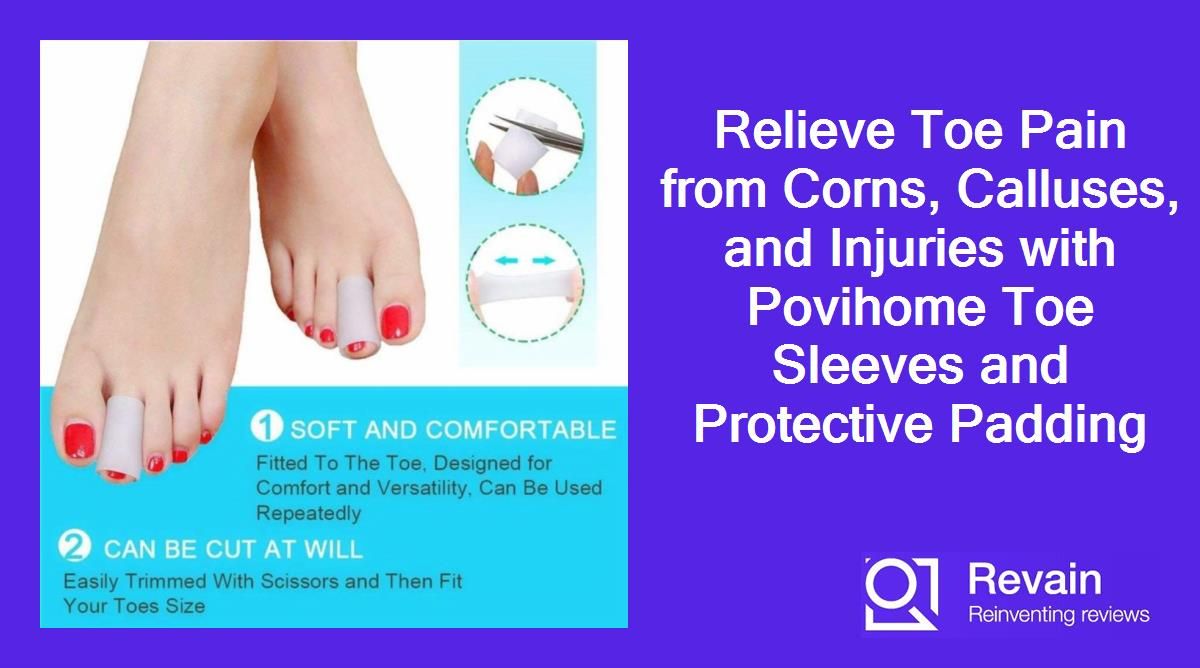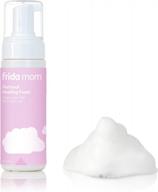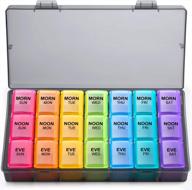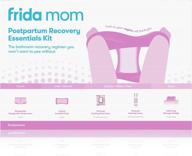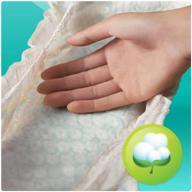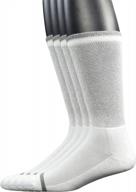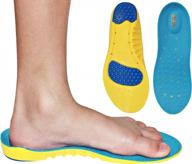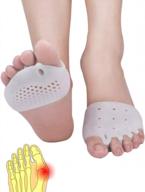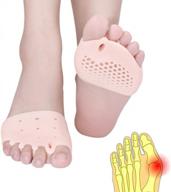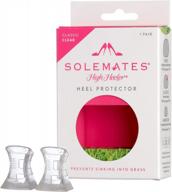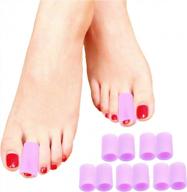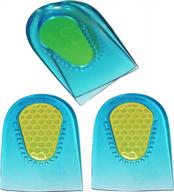How to relieve toe pain from corns and calluses?
Corns and calluses on the toes can cause discomfort and pain. Here are some tips to help relieve toe pain caused by corns and calluses:
Use padding and protective products
- Wear toe sleeves or gel pads on painful toes to cushion and protect them
- Try adhesive felt corn pads - these cushion the callus and help relieve pressure
- Use toe separators or sleeves to prevent skin friction and rubbing between toes
Soak your feet
Soaking your feet can help soften calluses and corns to reduce pain:
- Soak feet in warm water mixed with epsom salt for 10-15 minutes
- Use a pumice stone after soaking to gently buff away dead skin
- Apply petroleum jelly after soaking to help lock in moisture
Use medicated creams and patches
Products containing salicylic acid can help break down thick, painful calluses:
- Apply corn removal bandages or medicated patches as directed
- Rub corn and callus creams into affected areas at night
See a podiatrist if home treatments aren't providing relief for painful corns or calluses on the toes.
How to protect toes after an injury or surgery?
Properly protecting your toes after an injury or surgery is important to prevent further damage and promote healing. Here are some tips:
Rest your feet
Avoid putting weight on the injured toe when possible. Follow your doctor's instructions on rest and activity.
- Use crutches or a knee scooter to stay off your feet
- Elevate your feet on a pillow when sitting or lying down
Similar products
Wear protective footwear
Choose shoes that provide cushioning and don't put pressure on the injured toe.
- Post-op shoe or sandal with rigid sole to limit toe bending
- Wide, square-toed shoe to avoid friction on toes
- Padded shoe insert for cushioning
Use padding and toe guards
Protect the toe with wraps, sleeves or bandages:
- Gauze wrap or soft bandage around toe
- Toe sleeve or protector tube to cushion and isolate
- Toe cap or guard if at risk of bumping or stubbing
Keep the toe dry and clean
- Use soap and water to gently clean the toe 1-2 times per day
- Thoroughly dry toe after bathing or soaking foot
- Apply antibiotic ointment as recommended
- Change dressings/bandages daily
Follow your doctor's rehabilitation plan to ensure proper toe healing.
How to prevent friction and rubbing between toes?
Friction between toes can lead to painful blisters, calluses and corns. Here are some tips to prevent rubbing and irritation between your toes:
Another interesting products
Wear correctly sized shoes
Shoes that are too tight or narrow can force your toes together. Look for:
- Shoes with a wide, square toe box
- Proper length to avoid crowding toes
- Natural materials like leather that stretch over time
Use padding and separators
Insert padding or devices between toes to minimize rub:
- Cushioned toe sleeves, caps or gel tube pads
- Toe foams, wraps or tapes to separate digits
- Corn cushions or pads for friction spots
Apply lubricating products
These help minimize friction between toes:
- Petroleum jelly or anti-friction balms
- Moleskin strips on rubbing spots
- Baby powder to absorb moisture and ease gliding
Wear moisture wicking socks
Sweaty feet can increase irritation. Choose:
- Cotton, wool or bamboo blend socks
- Change socks at least once a day
See a podiatrist if you continually experience rubbing or raw spots between your toes.
How to cushion toes while wearing shoes that are too tight?
If you need to wear shoes that are snug on your toes, there are ways to help pad and protect them from discomfort:
Use gel toe caps
Gel toe sleeves or caps cushion toes in tight shoes:
- Stretchy medical grade gel conforms to toe shape
- Provides padding between toes and shoe upper
- Can be worn on individual toes as needed
Try foam toe separators
Foam spacers keep toes apart and cushion pressure points:
- Self-adhesive foam strips for between toes
- Soft u-shaped separators align toes naturally
- Cushioning gel tubes can be cut to size
Use padded insoles
Cushioned insoles or inserts provide padding under toes:
- Viscoelastic foam molds to toe shape
- Gel pads target pressure points
- Sheepskin or moleskin under toes
Tape overlap toes
Try taping toes together to limit friction:
- Self-adhesive sports tape or bandages
- Overlap toes slightly for cushion
- Medical tape stays put better if toes sweat
Avoid wearing any shoes that are so tight they cause significant toe discomfort or pain.
Top products in 🦶 Foot Health
How to soften and smooth calluses on toes?
Calluses on the toes can become dry, cracked and painful. Here are some tips to help soften and smooth them:
Soak feet in warm water
Soaking helps hydrate and loosen hard calluses:
- Soak feet 10-15 minutes in warm water
- Add epsom salt to water to boost effectiveness
- Use a foot bath for convenient soaking
Gently scrub with a pumice stone
Buffing with a pumice stone removes dead skin from calluses:
- Rub calluses gently with a natural pumice after soaking
- Avoid scraping skin too aggressively
- Rinse and moisturize feet after buffing
Apply urea cream
Urea-based creams chemically break down thickened skin:
- Apply urea cream and cover feet overnight
- Use 40% urea content or higher for best results
- File calluses after softening with urea
Use a callus shaver/rasp
Electric rotary shavers safely thin calluses:
- Gently shave calluses after soaking feet
- Take care not to over-file and damage healthy skin
- Disinfect shaver after each use
Persistent or painful calluses may need treatment by a podiatrist.






